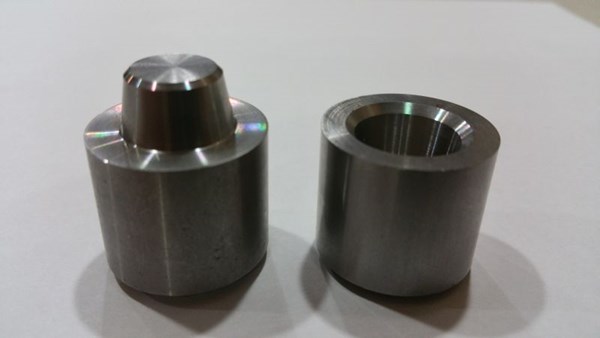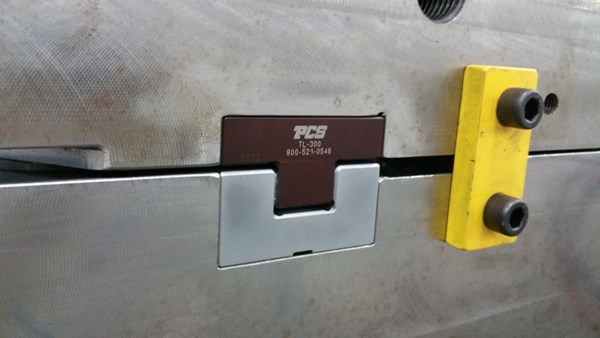The Designer’s Edge: Impacting Flash
Randy examines how the moldmaker can impact flash with a look at parting lines in the design. Whenever you have flash you need to understand the root cause. For example, is it wear from low draft angle shut-offs, poor shut-off conditions, thermo-expansion, or erosion or damage from a crushed part or runner? If you understand root cause, you can focus on future prevention.

A tapered parting line lock that will not protect shut offs with less draft than the taper on the lock.
Today I would like to discuss how the moldmaker can impact flash with a look at parting lines in the design. Whenever you have flash you need to understand the root cause. For example, is it wear from low draft angle shut-offs, poor shut-off conditions, thermo-expansion, or erosion or damage from a crushed part or runner? If you understand root cause, you can focus on future prevention.
Low draft angles are a concern for wear depending on the steel type, hardness, shut-off height, spotting method and components for protection. You also need consider this to protect low angle shut-offs.
Tapered locks are great for locking the tool in for miss-match situations, but this will not protect and shut-off where the angle is less than the draft on the taper of the parting line lock.
Solid lock angles designed in the solid are great for locking the tool, but again will only protect a shut-off where its draft is greater than the lock. You also cannot rely on the pins and bushings for robust protection. It is important to ensure these are not hitting too hard during the spotting process, which can contribute to gulling and flash.
Thermo expansion can also be a contributor to flash, especially on larger tools when running the mold halves at different water temperatures. I have run into this many times with no easy solution. One tool need to be spotted with a 50-degree difference in temperatures. We then had to put parting line spacers in the tool to protect the shut-offs, which were pulled only after the tool was set and up to temperature. Figure out why the temperatures vary and then work on the tool to correct the issue versus running different temperatures.
It is also important to not have excessive parting line relief. The more relief on the parting lines, the more tonnage per square inch your shut-offs will see. When I was on the moldmaking side of the business, I was a big fan of parting line relief. Now being on the molding side and maintaining tools, I have changed my opinion and now prefer zero relief.

A side lock has zero draft engagement.














